To run the forums, host the website, and travel, I charge a universal service fee for my reviews. This review was sponsored by Raleigh. My goal is to be transparent and unbiased, this video and written review are not meant to be an endorsement of Raleigh products.
Today we are looking at the Retroglide 2.0 iE, a newer version of the Retroglide updated for 2019. So what has changed? Well, the old Retroglide has split into 2 models, the 2.0 and the Royale. The 2.0 we are reviewing today gains a Bosch powered setup for motor, battery, and display, but sheds some features to keep the cost the same as the original Trans X powered Retroglide. Those that want upgraded features like hydraulic disc brakes and such, should look to the Royale. As I said though, we are reviewing the 2.0 today and while it may be lacking some previous features like suspension seat post and throttle, you do gain that reliable, smooth, and trusted Bosch system. And that is quite an upgrade to be honest. It is almost impossible to find a Bosch bike at around $1,999, and Raleigh manages to do that here and still keep the soul of the cruiser/commuter that is so popular. The comfort is still here thanks to this wide saddle with rubber bumpers underneath, padded stitched grips, swept back handlebar, and adjustable quill stem. The bike comes in 2 colors (black and white) and 2 frame sizes, a step-through (more of a mid-step) and a high-step. Altogether, it weighs 47.7lbs with battery and all, which is quite impressive for a cruiser ebike. I see to save money, they also removed the rack and fenders from the 2018 model, but I do appreciate that they kept provisions and bosses to add your own. I love the 26” x 2.3” tires here, they have a checkerboard style pattern and a large air volume with 30-80psi range. A lot of nice little touches are here too, like quick release in both the front and rear wheels, a kickstand mounted in the rear to eliminate annoying pedal lock, and a full chain guide to keep your pants or dress clean when riding.
The Retroglide 2.0 is driven by the Bosch Active Line motor, which is the entry level Bosch motor, not to be confused with the Bosch Active Line Plus. While it is somewhat more limited than the other Bosch motors, it still bears the brand name extremely well. It offers 40nm of torque and is lighter (6.3lbs) and quieter than the others in the line up. It still has shift detection and feels very efficient while maintaining that gentle and responsive Bosch feeling. It has a much more smooth feel than the on/off feeling of the Bosch motors made for mountain bikes. I did notice a bit of drag when you stop sometimes… you can kind of feel a slight clunk with a little bit of pressure which seems to be common in the Active Line setup. Mechanically, the bike has a 12-32 tooth 7 speed Shimano Tourney as well as a 38 tooth chain ring. Shifting is done with the SIS index thumb shifter up front which isn’t my personal favorite, but it works great for riding with gloves. For stopping power the bike gets a set of 160mm mechanical disc brakes in both the front and rear. Mechanical disc brakes are easy to maintain as well as adjust, however, they lack the immediate stopping power that hydraulic brakes offer. Mechanical brakes are still quite capable, but they take a little bit more hand actuation compared to hydraulic brakes.
Powering the motor and backlit display panel, is an interchangeable battery pack from Bosch. The battery, a PowerPack 400, clicks neatly onto the downtube from above. You can charge the pack off of the bike frame or plug into the battery while mounted to the bike. Lithium-ion cells, including the 18650 cells used in these packs, tend to be very reliable if you maintain them at 20% to 80% capacity when not in use and store in a cool dry environment vs. extreme heat or cold. I frequently store my electric bike indoors because it isn’t as heavy or smelly as a moped or motorcycle, and this keeps it clean and safe while also protecting the battery from extreme temperatures. Charging uses the lighter weight 2amp charger that Bosch offers. There is also a 4amp charger available as well, this is speedy, but weighs more. In closing, the PowerPack weighs less than the PowerTube at 5.4lbs vs. 6.3lbs, but you’ll want to make extra sure to hear it click into place on the frame when mounting before rides. If you have another PowerPack battery like the 500, it will work with the same interface as the PowerPack 400, so you can swap packs or rent and borrow if you travel frequently.
Activating the drive systems on this ebike is fairly straightforward. You charge and mount the battery then press the power button on the top edge of the little display panel, which is mounted within reach of the left grip. The Bosch Purion display/control pad is compact and easy to navigate. It keeps the handlebars open, and may not get damaged as easily if the bike tips or is parked at a crowded rack… but it’s not removable and lacks some of the deeper menus found on the Bosch Intuvia. Even though the display is a bit smaller than some competing models, it’s intuitive enough that you might not look down that often to read it and the really important readouts are fairly large (speed and assist level). I have grown to accept the Purion, but do have a few tips for use as follows. The + and – buttons, which raise and lower assistance, are designed to click in at an angle towards the right. They are attached near the left edge of the control pad and pivot in towards the LCD. With practice, I have found that the right edge is really the sweet spot for consistent clicking. Sometimes the lower left and middle areas can be inconsistent or non-responsive. The screen itself glows faint white at all times, which shouldn’t draw much power. Holding the + button would normally turn lights off and on if this bike had them. By comparison, the larger Bosch Intuvia display has a dedicated light button. Holding the – button will cycle through trip distance, odometer, assist level, and range. And, the range menu is dynamic, so you can see the bike calculate how far it thinks you can go before the battery completely drains based on the last mile of riding, your current state of charge, and the chosen level of assist. This helps to make up for the very basic 5-bar charge indicator on the left side of the battery and the display which isn’t as precise as a 10-bar or percentage readout seen on some competing displays. On the lower edge of the control pad is a walk-mode button. Press it once and then hold the + button to have the motor slowly assist you when walking the bike (you must be in Eco, Tour, Sport, or Boost for walk mode to work). It’s useful for crowded non-bikeable areas like parks, or if you get a flat tire, and not all companies have it enabled, so props for this. I’ve created an in-depth Bosch Purion review in the EBR forums for more information :)
The Retroglide 2.0 performed very well in my ride test, and I feel like the jump to a Bosch system made a world of difference. However, as with any value priced ebike, there are tradeoffs to consider. Most of those tradeoffs come from what you are sacrificing from the previous generation of Retrograde. Gone is the suspension seat post, throttle option, and built in rack and fenders. However, I do think that having a Bosch setup and keeping it at that $1,999 price point is a big win. I feel it is worth it in my opinion to take a look at the newer 2.0. If you find yourself really wishing you had some of those features, you could add them ala carte at your dealer, or you could spring for the Retroglide Royale at $2,699. Either way, I think both are a fantastic choice and Raleigh is a trusted company that has been around for years so it is nice to have their support. I want to thank them for letting me check out the Retroglide 2.0 iE and I look forward to seeing their other models.
As always, I welcome questions and feedback in the comment section below. Whether you own the bike, have taken a test ride, or are brand new to the space, my goal is to provide an objective and honest resource. You can also join the Raleigh ebike forums and share your own photos, videos, and review updates to help others! Have fun out there, and ride safe :)
Pros:
- A newer version of the Retroglide cruiser commuter that maintains a $1,999 price point while moving to a more sophisticated Bosch mid-drive, battery, and display
- The comfort is still here thanks to this wide saddle with rubber bumpers underneath, padded stitched grips, swept back handlebar, and adjustable quill stem
- Comes in 2 colors (black and white) and 2 frame sizes, a step-through (more of a mid-step) and a high-step
- I was surprised how lightweight it was, it weighs 47.7lbs with battery and all, which is quite impressive for a cruiser ebike
- To keep the same price point from last year, they removed the rack and fenders from the 2018 model, but I do appreciate that they kept provisions and bosses to add your own, you really could get this as an ala carte setup
- I love the 26” x 2.3” tires here, they have a checkerboard style pattern and a large air volume with 30-80psi range
- Other features include a quick release in both the front and rear wheels, a kickstand mounted in the rear to eliminate annoying pedal lock, and a full chain guide to keep your pants or dress clean when riding
- Driven with the Bosch Active Line motor, PowerPack 400 battery, Shimano Tourney TX 7 speed system, and 160mm mechanical disc brakes
- The Bosch Purion display is minimal and out of the way while giving you all the information you need, the system is very smooth and I think it is great they upgraded
- Finding a Bosch powered bike at $1,999 is extremely difficult, and the Retroglide 2.0 iE pulls it off well
Cons:
- I do like the higher air volume tires here, but it should be noted that they lack both reflective sidewalls and puncture protection, 2 of my favorite safety add-ons for tires
- There is a nice chain guide here, but no slap guard so you may want to get an aftermarket one on Amazon or at least put some clear box tape to protect that paint
- The bike sheds some features from the previous model, like the suspension seat post, built in rack, and fenders, all of this was done to keep cost down at that $1,999 price point, so I do appreciate that, plus you can always add these on
- The older Trans X powered version had a throttle option and since this is a Bosch mid-drive, gone is the throttle… however, it should be noted, the Trans X throttle was not the greatest, since you had to always pedal first before using it
Resources:
- Official Site: https://www.raleighusa.com/electric

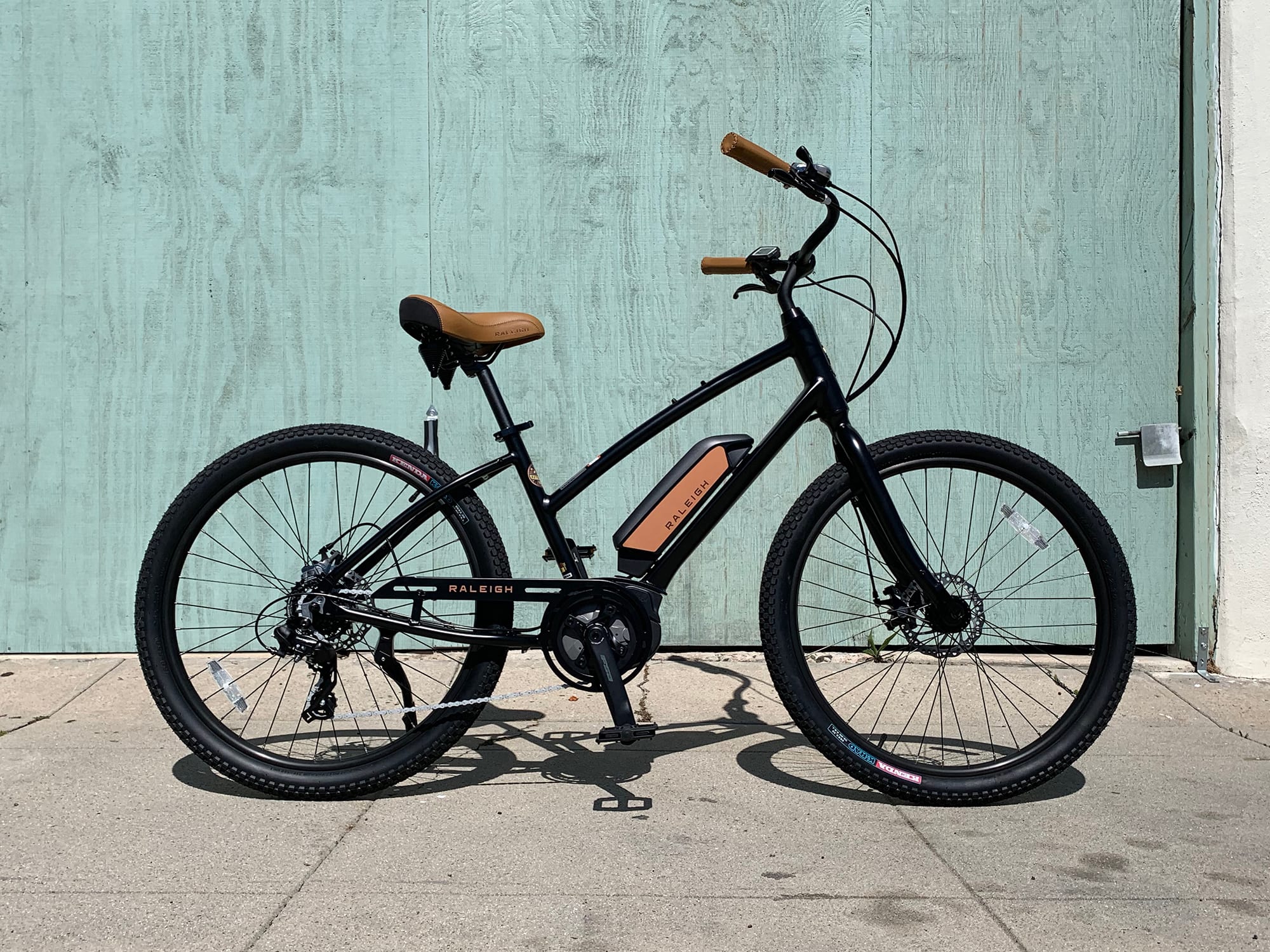




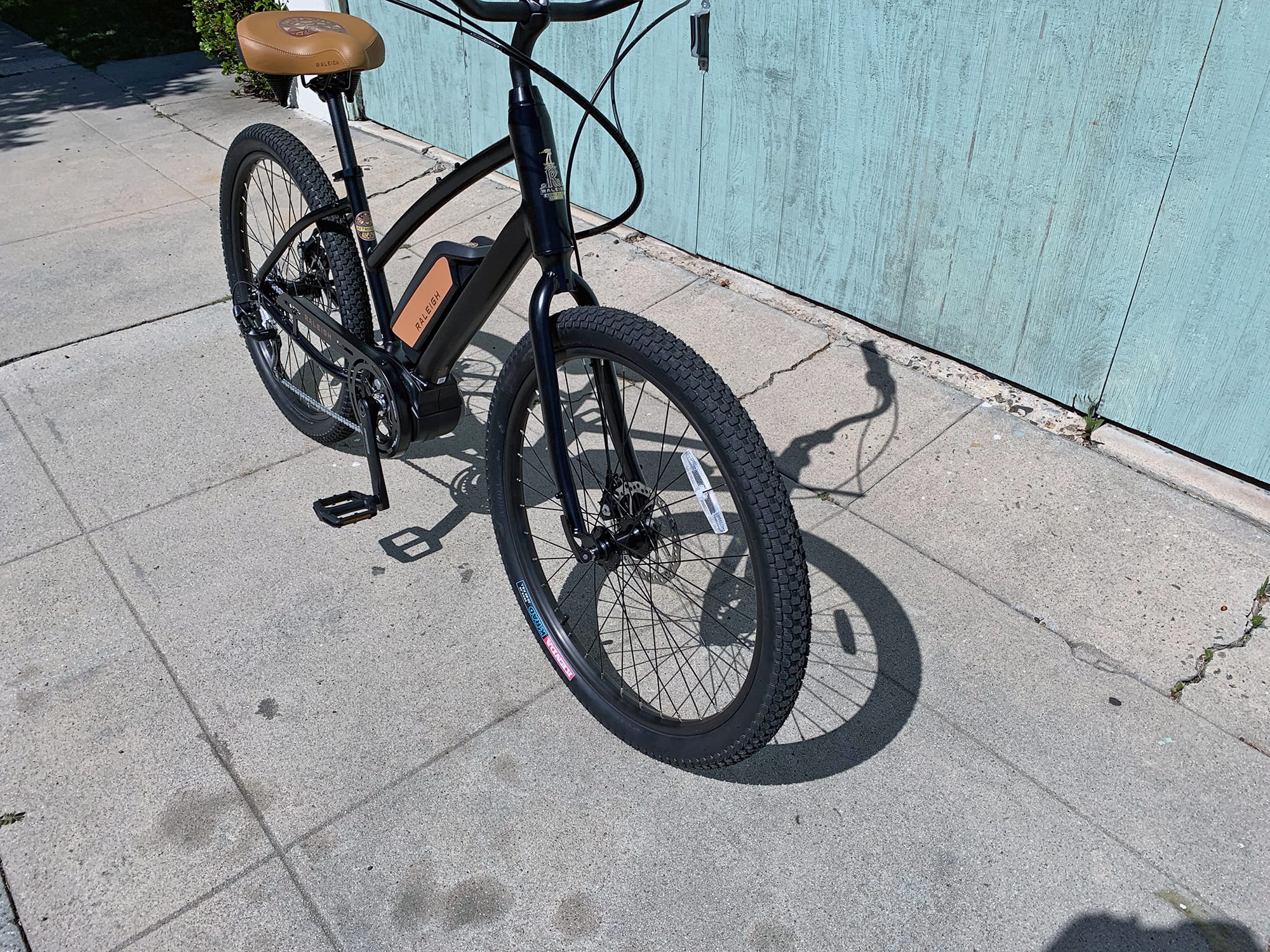
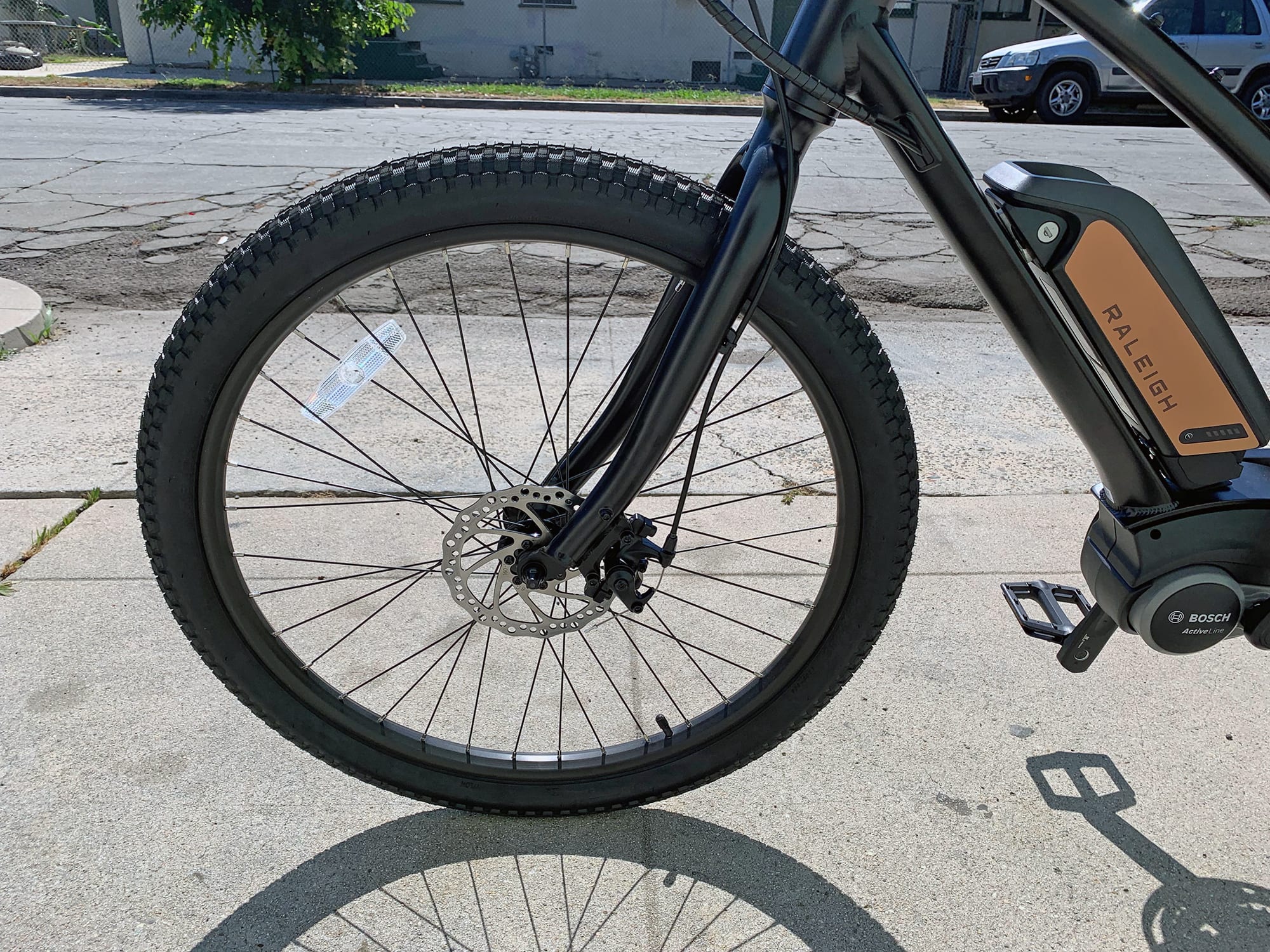
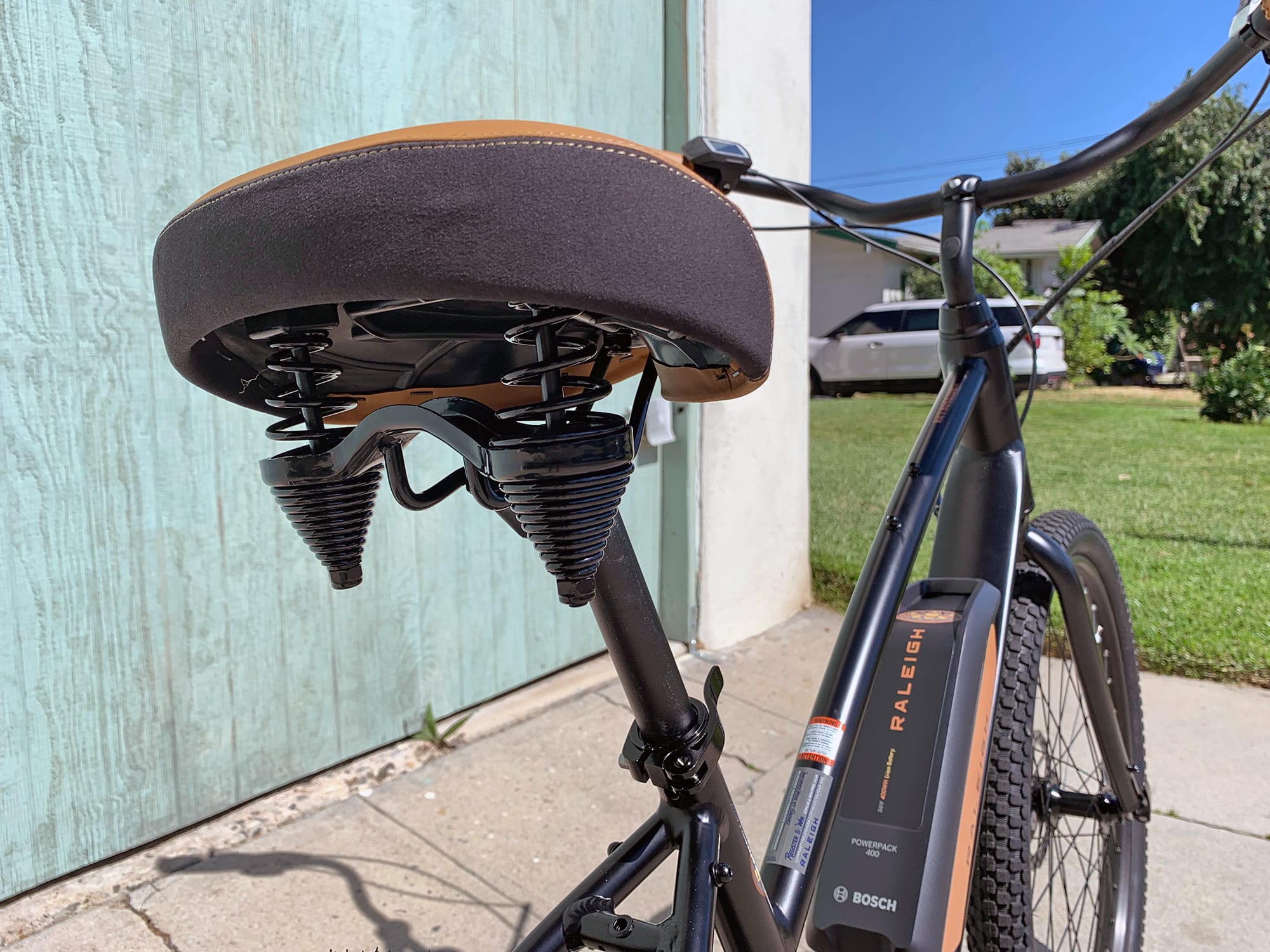
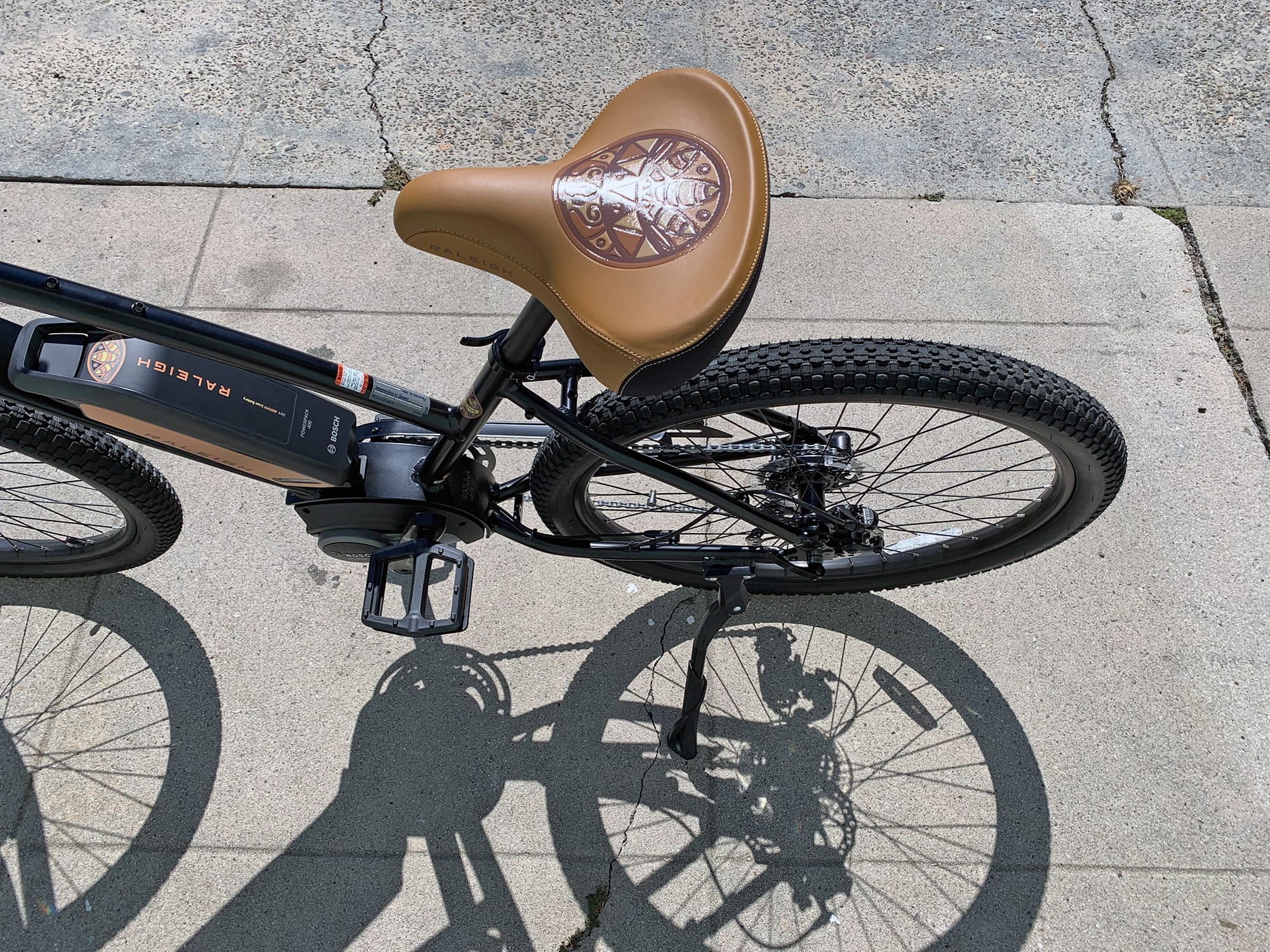

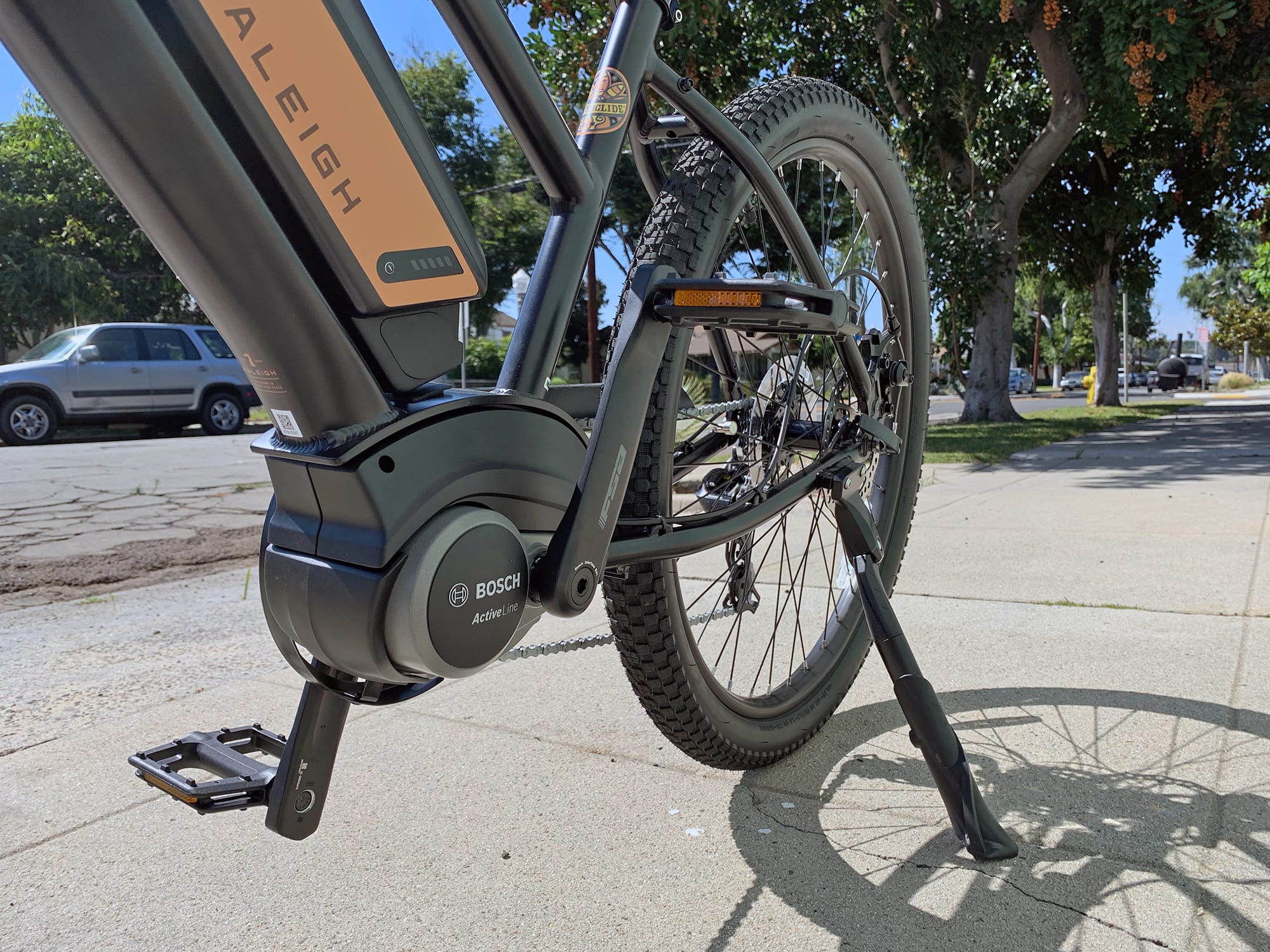
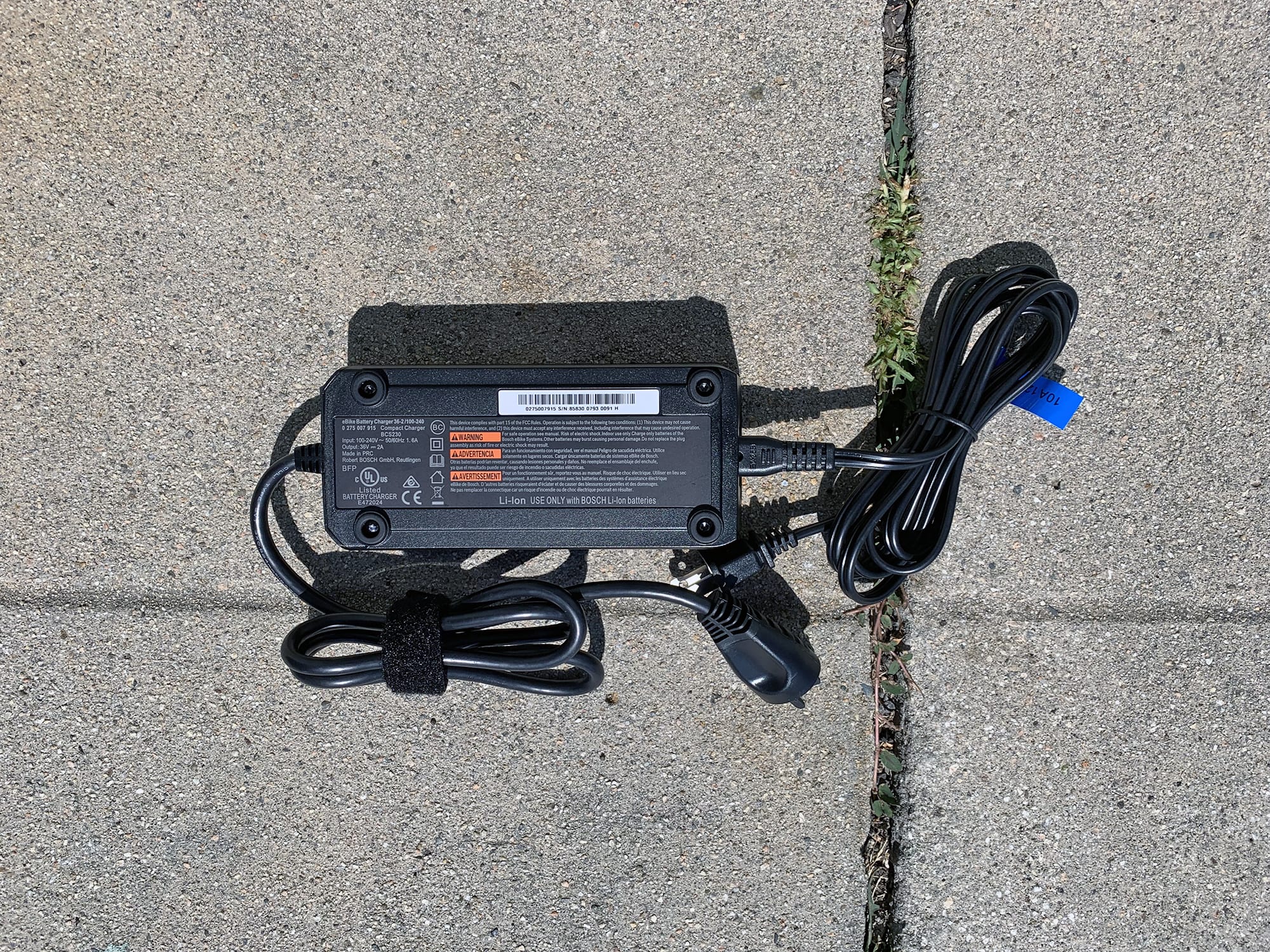
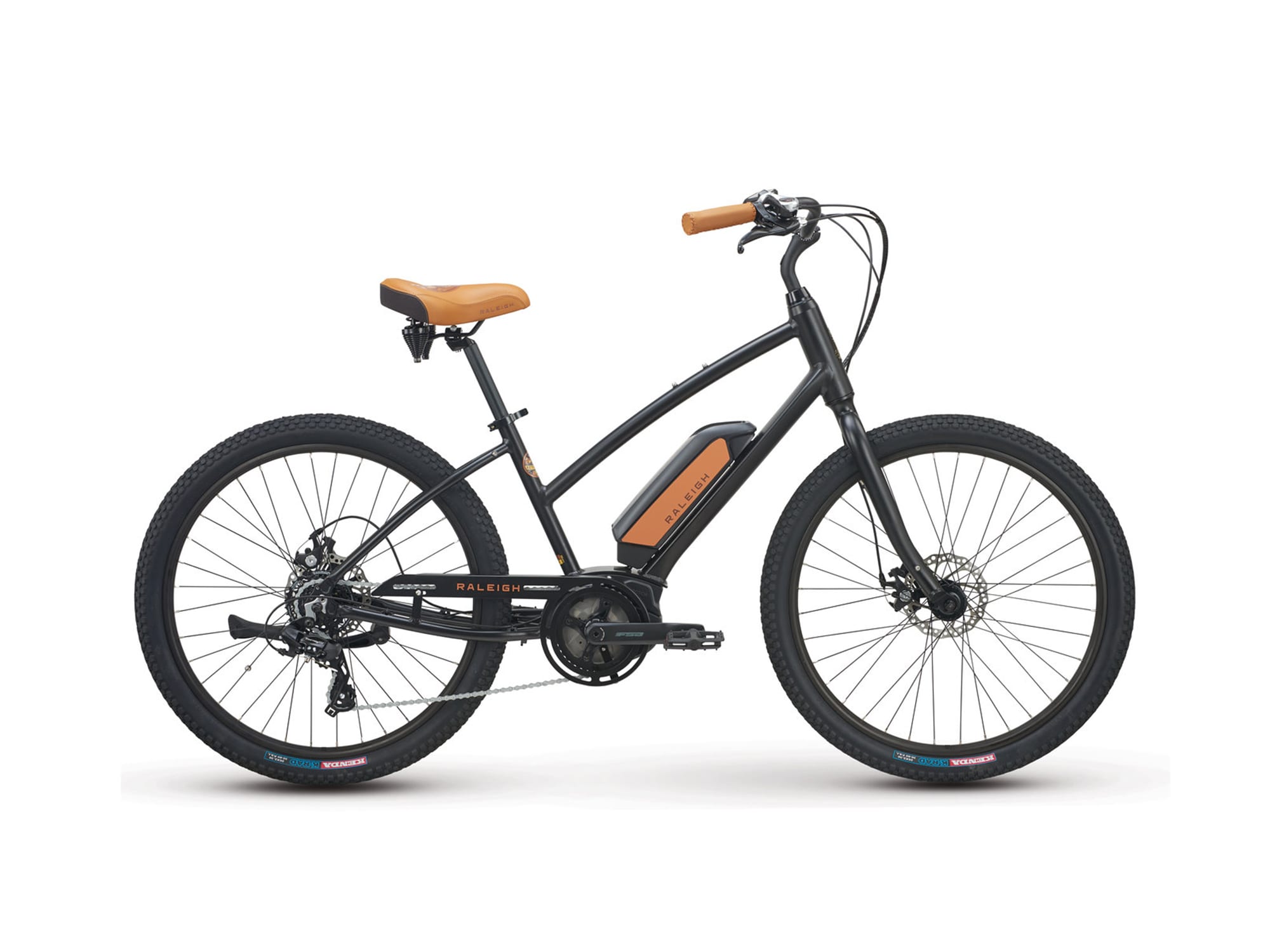



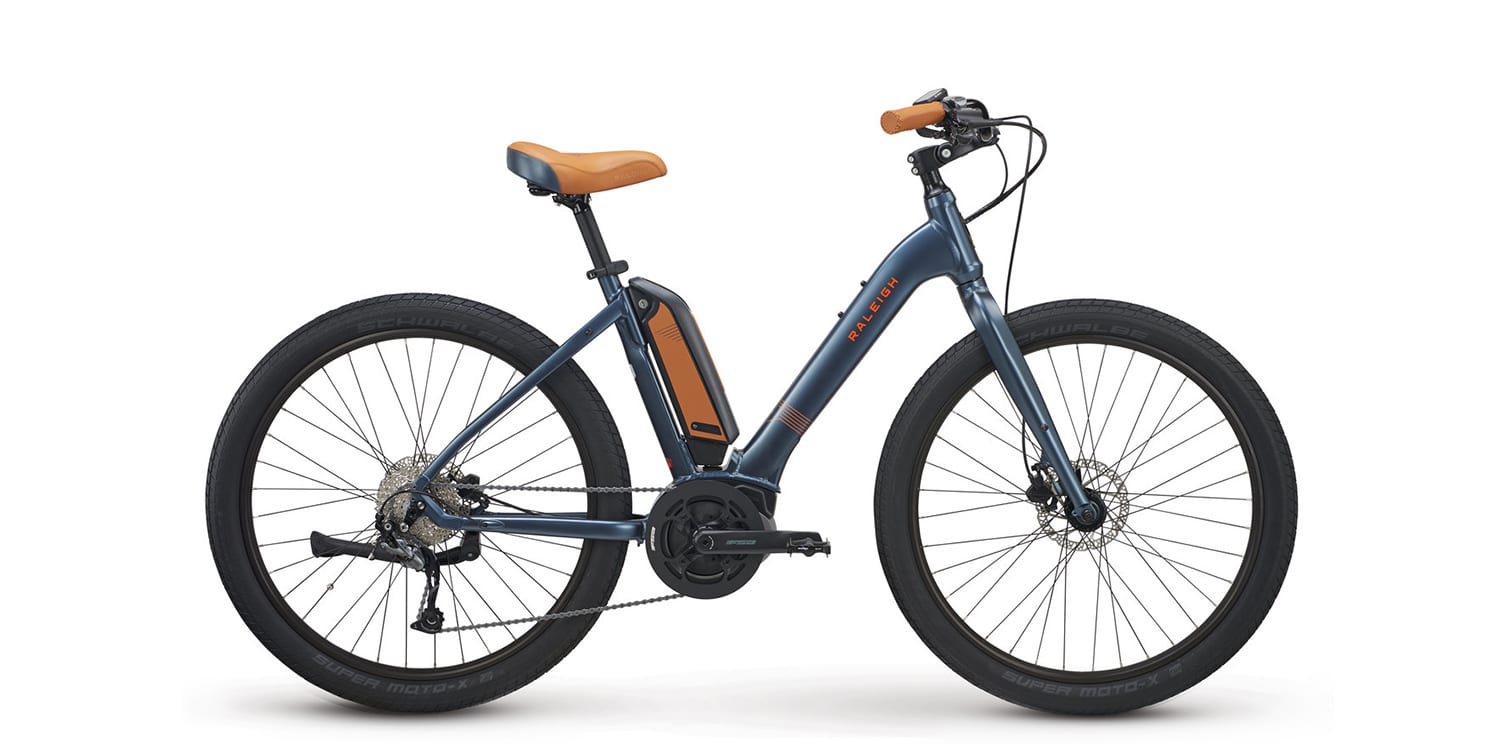
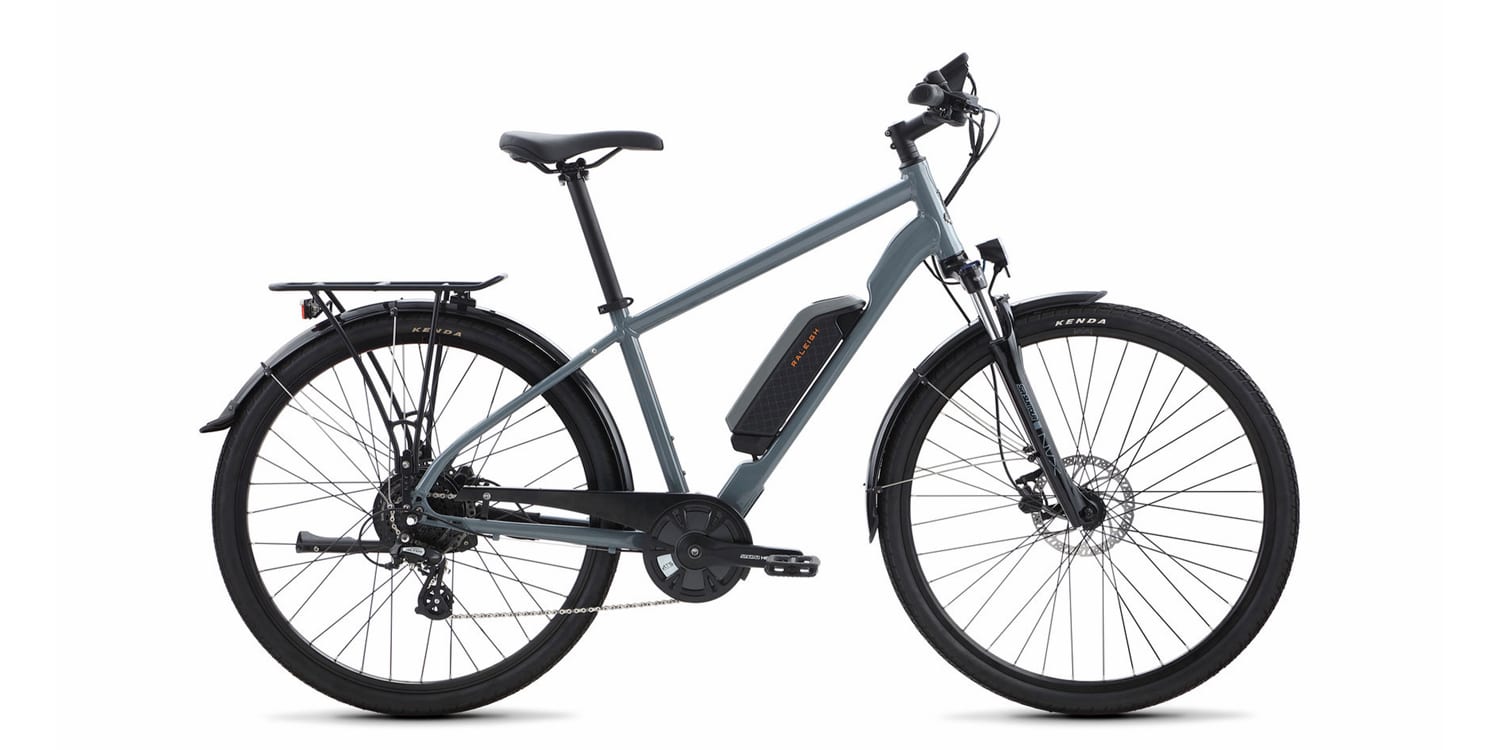
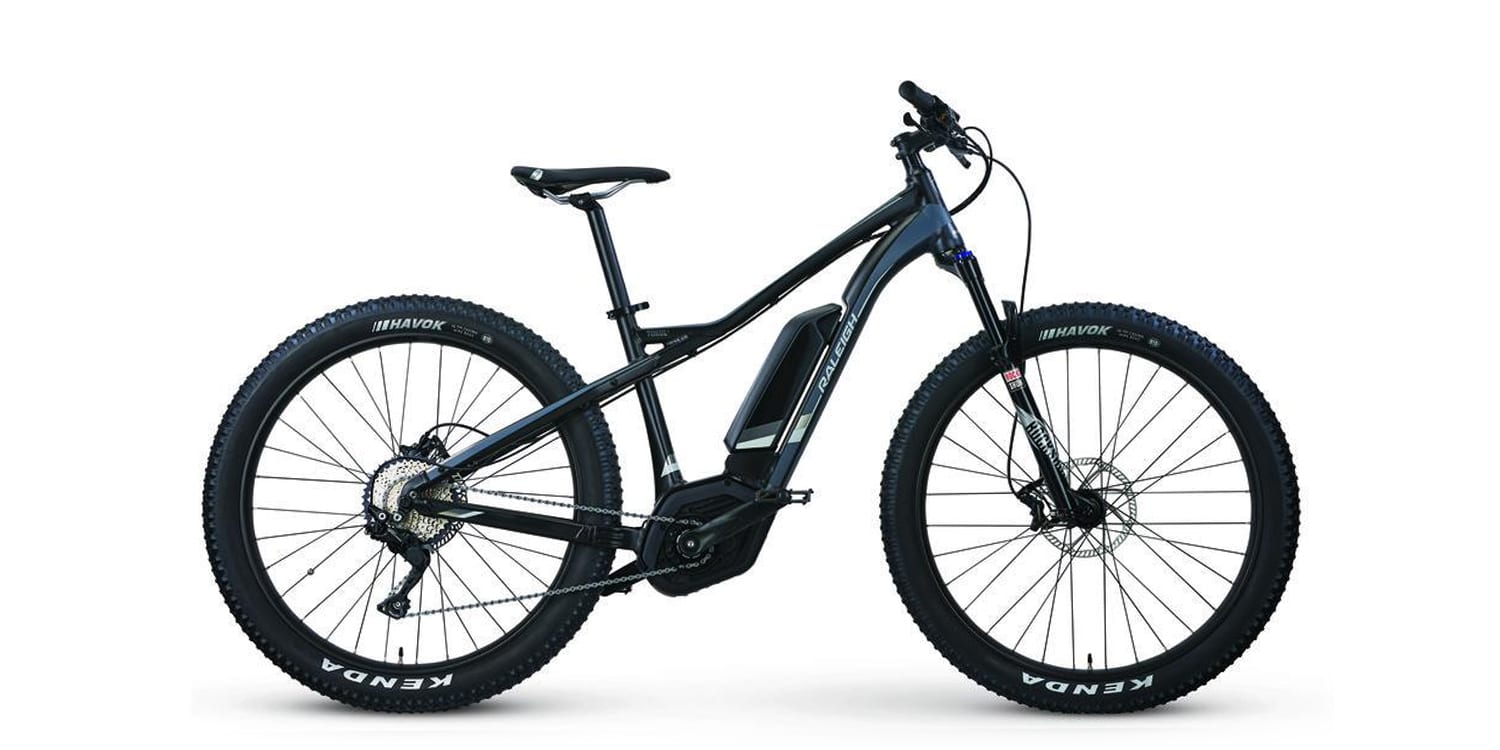

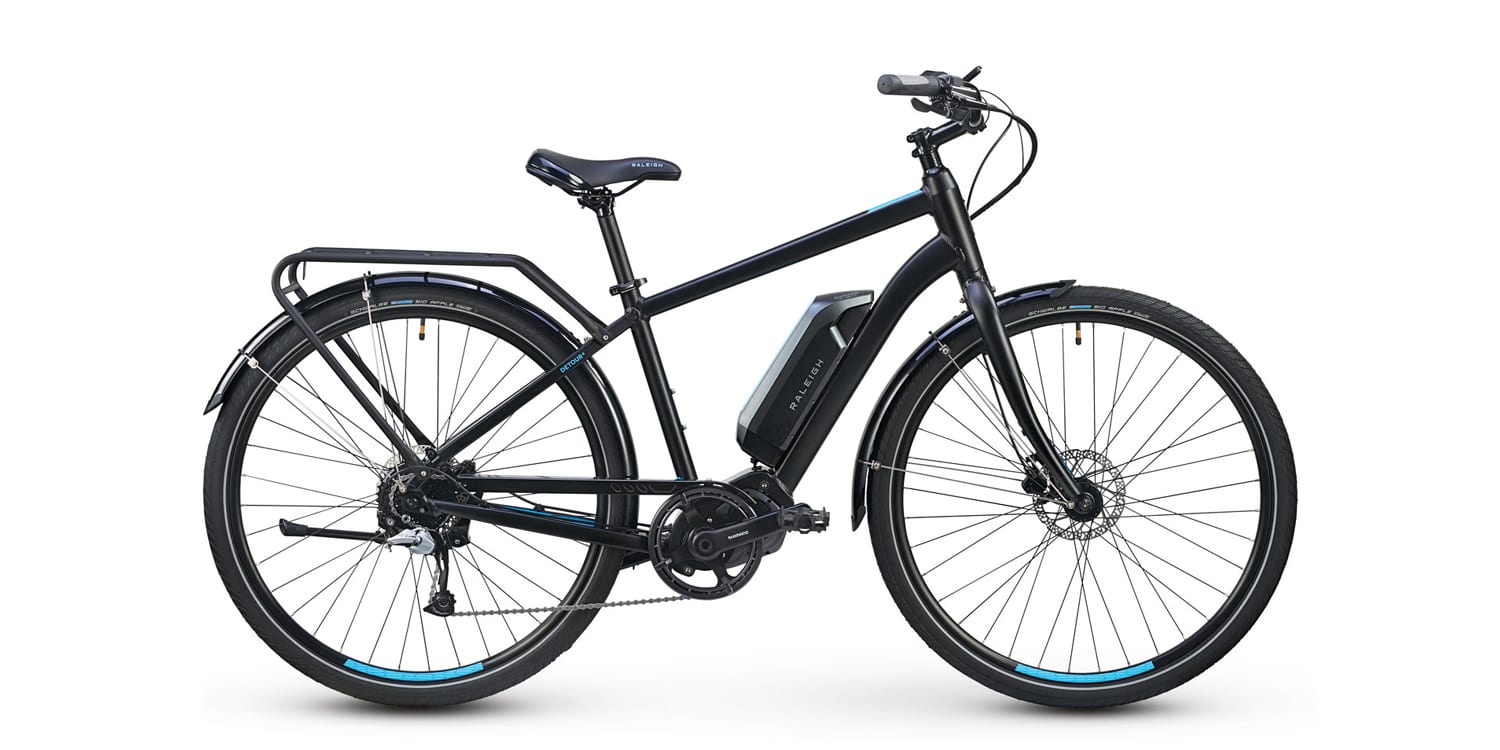
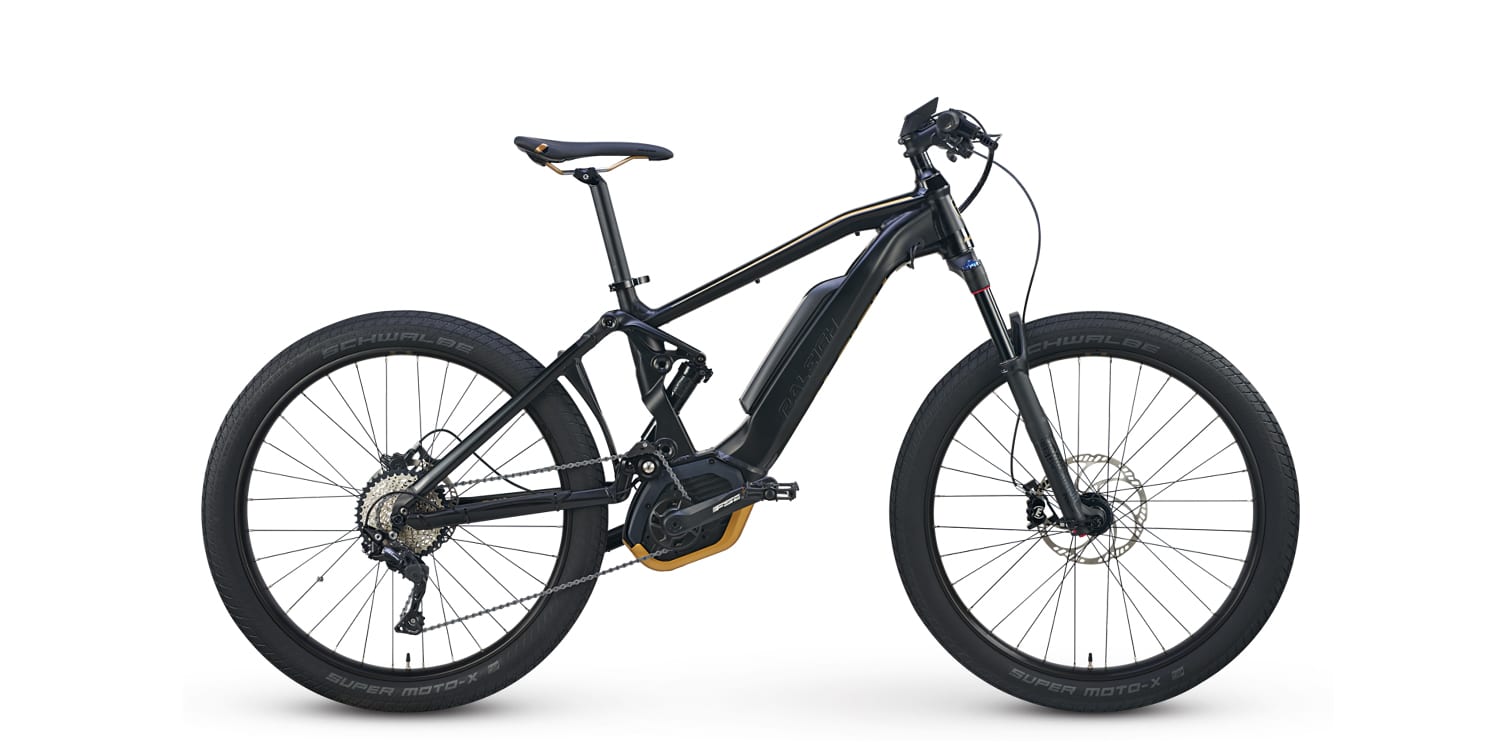
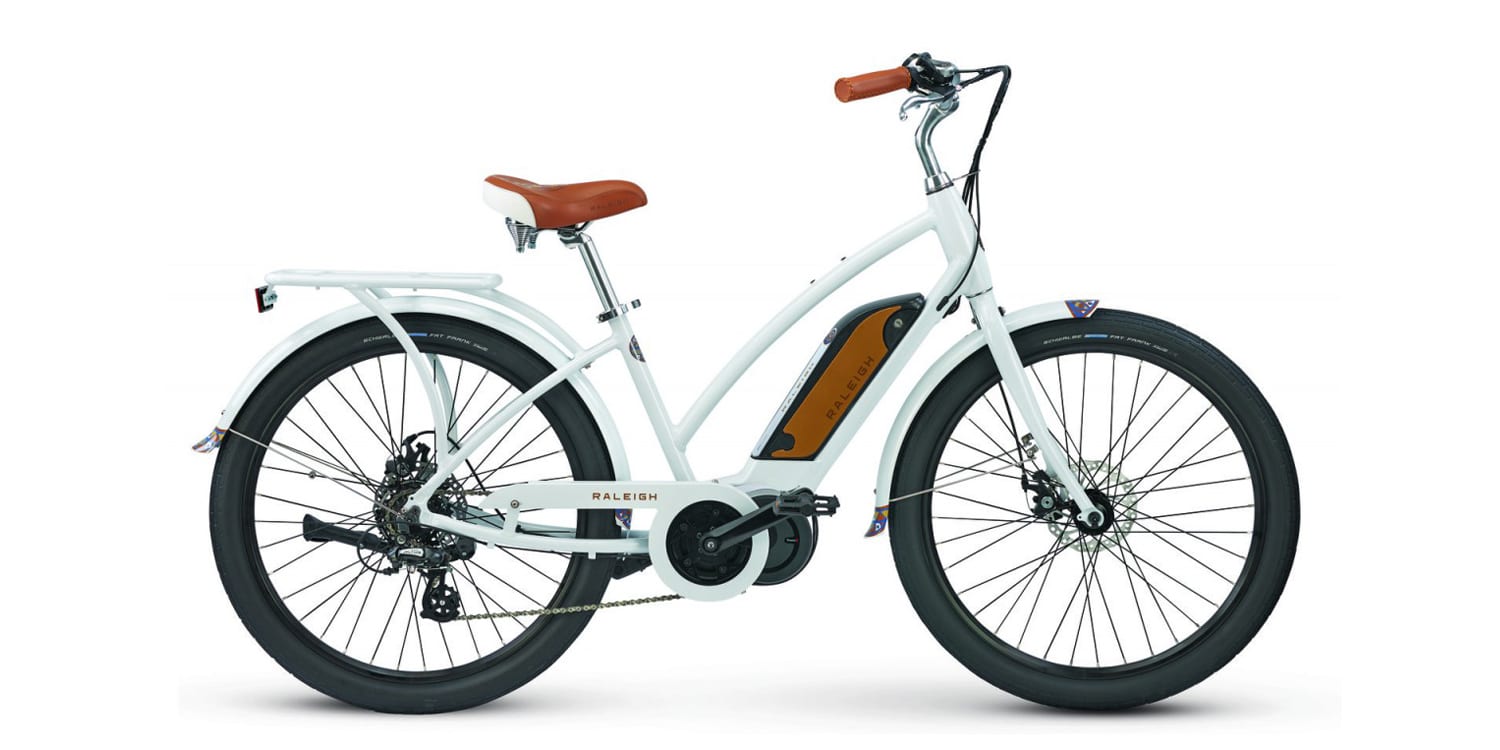
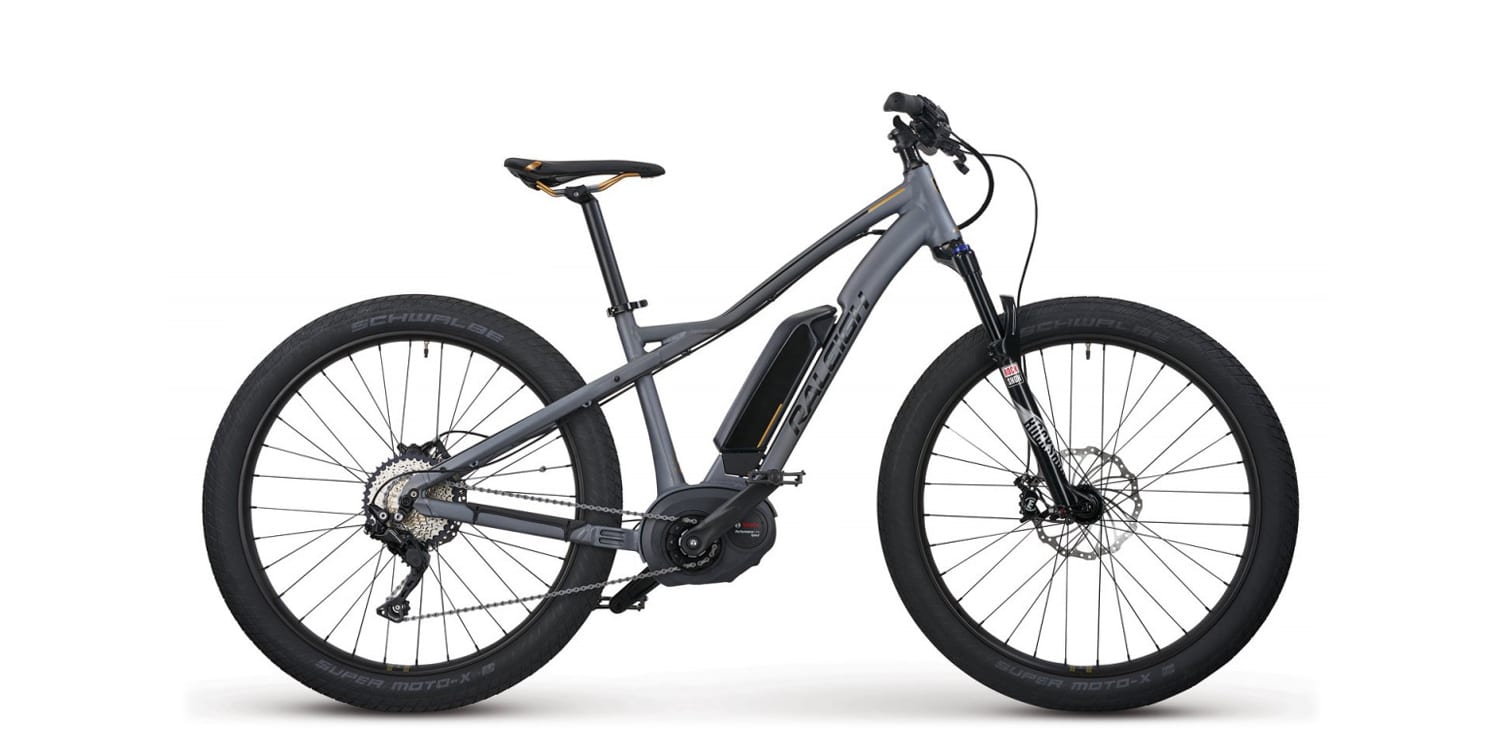
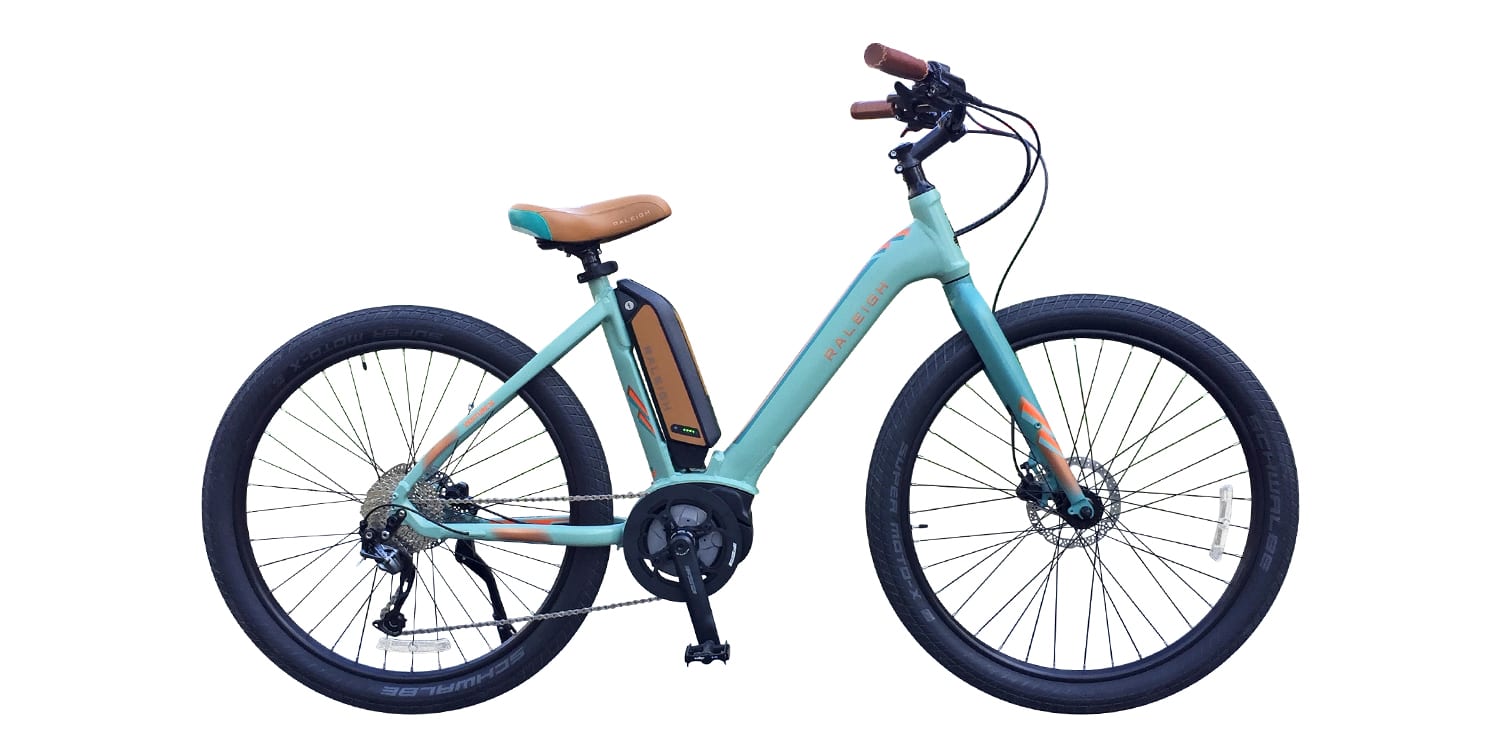
Reader Interactions